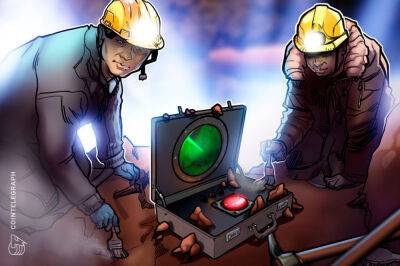What Are The Different Types Of Crypto Mining
Disclaimer: The text below is an advertorial article that was not written by Cryptonews.com journalists.
Mining was relatively simple in 2009 when only a handful of people saw the potential of Bitcoin, and the entire operation cost less than a dollar. Moreover, one could easily mine from home, and getting a reward was almost instant.
But things haven’t been the same lately; ever since Bitcoin rose to USD 100 in 2013, the number of miners has multiplied, so much so that it takes months to reap a reward. In addition, mining now requires more computing muscle, far exceeding what any household computer can handle, making the activity energy-intensive. As a result, Crypto companies began repurposing old, coal-burning power plants to generate the electricity required for this operation.
But as more crypto and mining companies crop up, each has its mining principles and solutions. In that light, there are five fundamental approaches to mining cryptocurrency today.
With cloud mining, users may pay someone (often a big corporation with mining farms) to rent out their mining rig and the process to undertake the activity on their behalf. The rent lasts for an agreed-upon period, and whatever earnings the rig makes in that time belong to the person who rented it out, and the amount is transferred into their crypto wallet. This type of mining has become quite popular because it offers accessibility to the earnings one can only reap from mining without needing to invest in the equipment and power.
This is the method most are already familiar with. CPU mining uses processors to mine cryptocurrency, and it was the most viable option back when Bitcoin wasn’t so widespread. Today, fewer and fewer people use this option because it’s slow,
Read more on cryptonews.com



 cryptonews.com
cryptonews.com

















